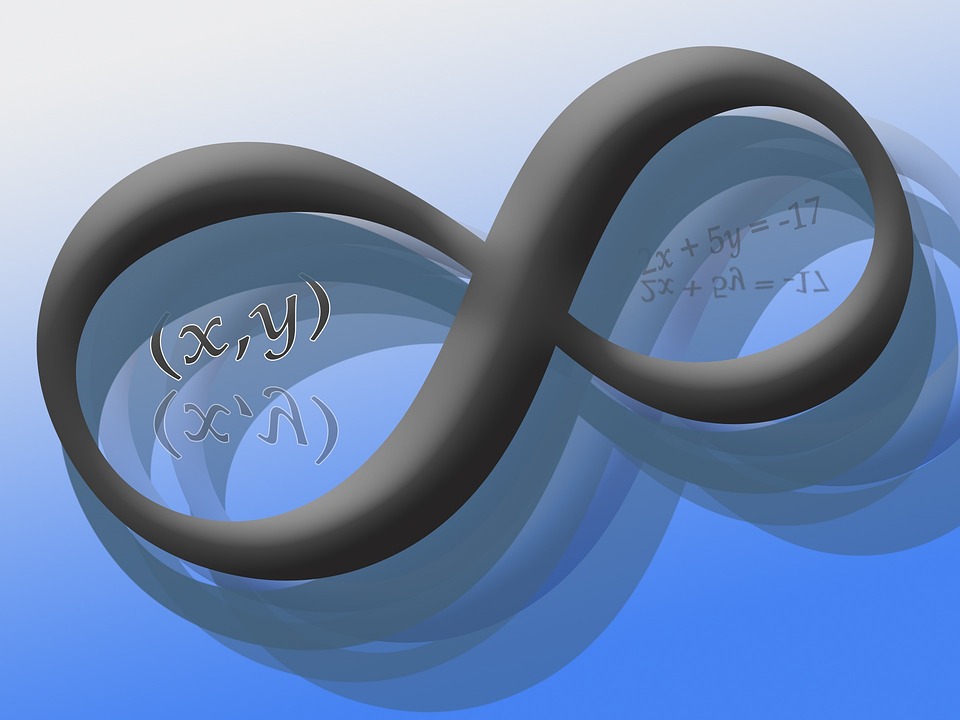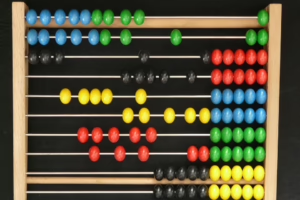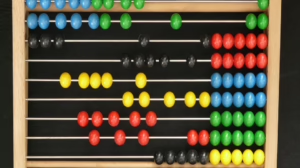Mathematical Mysteries: Famous Problems That Still Remain Unsolved
Mathematics is a field as old as human civilization itself, yet it remains shrouded in mysteries that continue to baffle the greatest minds across generations. Many famous mathematical problems have persisted for decades, some even centuries, challenging mathematicians’ intellect and creativity. This article explores some of these unsolved mathematical mysteries, their implications, and how they reflect the beauty and complexity of mathematics.
The Riemann Hypothesis
The Riemann Hypothesis is arguably the most famous unsolved problem in mathematics. Proposed by Bernhard Riemann in 1859, the hypothesis posits that all nontrivial zeros of the Riemann zeta function, a complex function defined for complex numbers, lie on the critical line in the complex plane given by ( \text{Re}(s) = \frac{1}{2} ).
Importance of the Riemann Hypothesis
The significance of the Riemann Hypothesis lies in its deep connection to number theory, particularly in the distribution of prime numbers. The prime number theorem provides a way to estimate the number of primes less than a given number ( n ), but the Riemann Hypothesis offers an even more refined understanding of their distribution. If proven true, it would not only unlock insights into the nature of primes but also have implications in various areas of mathematics, including cryptography and quantum physics.
Current Status
Despite extensive numerical evidence supporting the hypothesis—over 15 trillion zeros have been checked and all lie on the critical line—no formal proof has yet emerged. The Clay Mathematics Institute has listed the Riemann Hypothesis as one of the seven "Millennium Prize Problems," offering a $1 million reward for a correct solution, underscoring its importance and the challenge it poses to mathematicians[1].
The P vs NP Problem
Another cornerstone of modern theoretical computer science and mathematics is the P vs NP problem. Formulated by Stephen Cook in 1971, it questions whether every problem whose solution can be quickly verified (NP) can also be quickly solved (P). In simple terms, if you can check an answer quickly, can you also find the answer quickly?
Significance in Computing
The implications of the P vs NP problem extend far beyond academic curiosity. If P = NP, algorithms could be developed that efficiently solve complex problems currently deemed intractable. This capability could revolutionize fields like cryptography, optimization, and logistics, affecting everything from data security to resource allocation.
The Challenge
Despite numerous attempts to resolve the P vs NP question, it remains open. Many mathematicians believe that P ≠ NP, given the vast number of real-world problems for which efficient solutions have yet to be found. However, proving this remains a formidable task, cementing its status as another Millennium Prize Problem[2].
The Navier-Stokes Existence and Smoothness
The Navier-Stokes equations describe the motion of fluid substances like water and air, fundamental to the fields of physics and engineering. Despite their widespread application, the existence and smoothness of their solutions in three dimensions remain unproven, forming yet another Millennium Prize Problem.
The Implication of Solutions
Proving the existence and regularity of solutions to the Navier-Stokes equations is crucial for understanding turbulence, a phenomenon that occurs in fluids but is not fully understood in mathematical terms. The inability to model turbulence accurately has implications in meteorology, aerodynamics, and many other fields reliant on fluid dynamics.
Open Research
Research into this problem has been ongoing for over a century. Advances in computational fluid dynamics have allowed scientists to simulate fluid behavior effectively, but a rigorous mathematical foundation remains elusive[3].
The Birch and Swinnerton-Dyer Conjecture
The Birch and Swinnerton-Dyer (BSD) conjecture relates to the number of rational points on elliptic curves and is vital in understanding the properties of these curves. Specifically, it provides a connection between the rank of an elliptic curve (the number of rational points) and the behavior of its L-function at a specific point.
Importance in Number Theory
The BSD conjecture has far-reaching implications in number theory and is intricately linked with the general understanding of rational solutions to polynomial equations. If proven, it would not only enrich the theory of elliptic curves but also have consequences for other areas including cryptography, where elliptic curves are commonly utilized.
Current State
As with many of these conjectures, significant numerical evidence supports the BSD conjecture. Still, a formal proof remains elusive, keeping it firmly classified among the outstanding challenges of mathematics[4].
The Hodge Conjecture
Originating from the field of algebraic geometry, the Hodge Conjecture seeks to establish a relationship between algebraic cycles and topological cycles on non-singular projective algebraic varieties. Specifically, it asserts that certain classes of cohomology classes are algebraic.
Why It Matters
The Hodge Conjecture is foundational in understanding the geometry of complex manifolds. Its implications stretch into various branches of mathematics, such as topology, algebraic geometry, and even mathematical physics. A proof or disproof would deepen our comprehension of the geometric properties of many mathematical structures.
The Challenge Ahead
Though the Hodge Conjecture has been proven for some special cases, a general proof remains one of the great open problems of contemporary mathematics. It is included in the list of Millennium Prize Problems, emphasizing both its importance and the complexity of the issue[5].
The Collatz Conjecture
While less formal than the other problems discussed, the Collatz Conjecture, inspired by a simple iterative process, has perplexed mathematicians for decades. The conjecture states that if you start with any positive integer ( n ) and follow these steps:
- If ( n ) is even, divide it by 2.
- If ( n ) is odd, multiply it by 3 and add 1.
You will eventually reach the number 1, regardless of which positive integer you start with.
The Allure of Simplicity
What makes the Collatz Conjecture particularly intriguing is its deceptively simple nature. Despite its straightforward formulation and extensive computational evidence supporting it—all tested numbers return to 1—no one has managed to provide a proof applicable to all positive integers.
The Mystery Continues
The conjecture illustrates beautifully how simple mathematical processes can lead to unexpectedly deep questions, sitting at the intersection of number theory and dynamics. Researchers continue to explore its implications and seek a proof[6].
Conclusion
The field of mathematics is riddled with unsolved problems that captivate mathematicians and enthusiasts alike. From the profound implications of the Riemann Hypothesis to the engaging enigma of the Collatz Conjecture, these mathematical mysteries not only highlight the limits of human understanding but also inspire new generations to probe deeper into the fabric of numbers and structures.
Each of these problems not only stands as a testament to the complexity of mathematics but also encourages collaboration and innovation among mathematicians worldwide. As technology advances and new fields emerge, the hope remains alive that one day these problems will be solved, paving the way for a deeper understanding of the universe through the lens of mathematics.
References
- Clay Mathematics Institute. (2000). “Millennium Prize Problems.” Retrieved from Claymath.org.
- Cook, S.A. (1971). "The Complexity of Theorem-Proving Procedures." Proceedings of the Third Annual ACM Symposium on Theory of Computing.
- Lions, J.L. (1996). "Mathematical Topics in Fluid Mechanics." Oxford University Press.
- Birch, B.J., & Swinnerton-Dyer, H.P.F. (1965). "Notes on Elliptic Curves. I." Proceedings of the Cambridge Philosophical Society.
- Hodge, W.V.D. (1950). "The Theory of Analytic Forms." Academic Press.
- Collatz, L. (1937). “The 3n + 1 Problem.” Journal of the American Mathematical Society.
Mathematics is a treasure trove of deeper understanding waiting to be unearthed. While solutions to these mysteries remain elusive, the pursuit of knowledge continuously inspires, proving that the journey is as rewarding as the destination.


























Add Comment